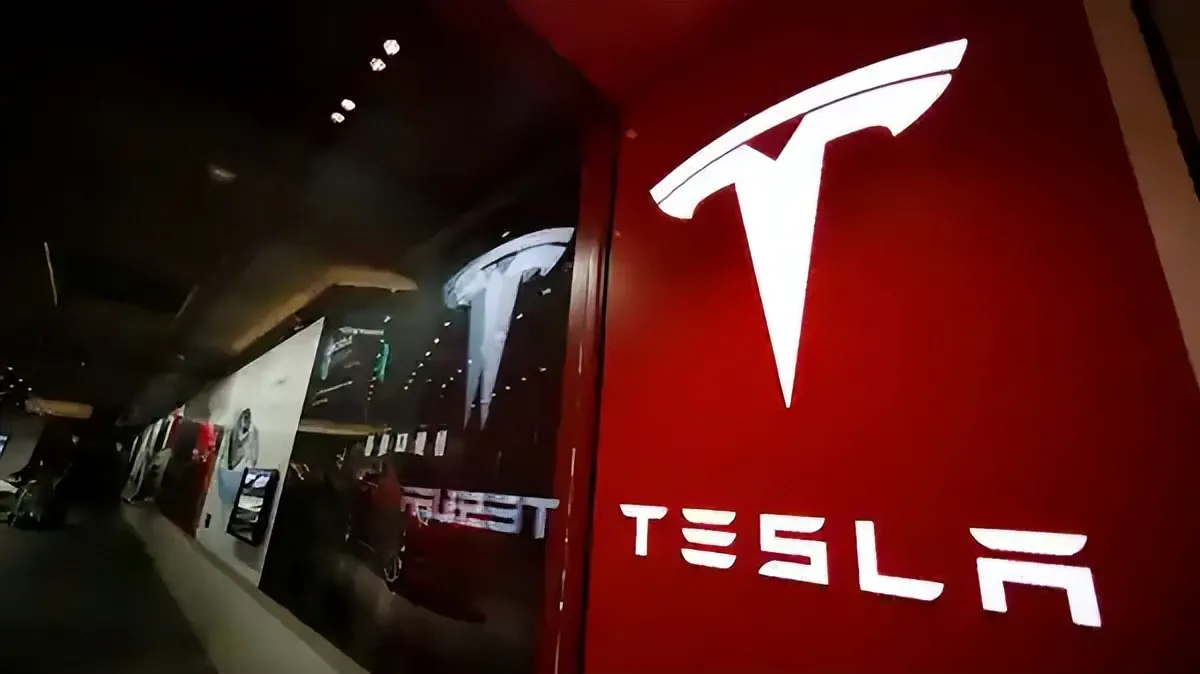Shanghai Tesla Factory Produces Megapacks Efficiently
Table of Contents
The approval of Tesla’s Shanghai factory for Megapack production marks a significant milestone in the energy storage market. This new energy storage super factory will be the first of its kind outside the United States. With construction starting in May and mass production set for early next year, this factory aims to bolster Tesla’s position in the global energy storage industry. The facility will produce Megapacks, which are large-scale commercial batteries designed to store and distribute renewable energy efficiently.

Shanghai Tesla Factory Gets Approval for Megapack Production
On May 13, it was reported that Tesla’s Shanghai factory has received a construction permit for its new energy storage super factory. This is Tesla’s first energy storage super factory outside the United States. According to the company’s announcement, the factory plans to start construction this May and aims to begin mass production in the first quarter of next year.
The project covers an area of about 200,000 square meters with a total investment of approximately 1.45 billion yuan. Tesla’s Shanghai factory will produce large-scale commercial energy storage batteries called Megapacks. These batteries will help grid operators and utility companies store and distribute renewable energy more efficiently. Over 200 Megapacks can form a storage plant capable of holding one million kilowatt-hours of electricity.
According to Tesla’s website, Megapacks can store energy for the grid reliably and safely. They do not require the construction of natural gas peaker plants and help avoid power outages. Each unit can store over 3.9 megawatt-hours of energy, enough to power 3,600 homes for one hour.
Tesla’s Shanghai Factory: A New Era of Energy Storage
Tesla’s Shanghai factory has taken a significant step forward with the approval of its construction permit for the energy storage super factory. Set to begin construction in May and aiming for mass production early next year, this factory will be the first of its kind outside the U.S.
The factory will span 200,000 square meters and represents a 1.45 billion yuan investment. Tesla’s Shanghai factory will produce Megapacks, massive batteries designed for commercial energy storage. These batteries will aid grid operators and utilities in managing renewable energy more effectively. With the capacity to hold one million kilowatt-hours of electricity, over 200 Megapacks can create a significant storage plant.
Tesla’s Megapacks are designed to store energy for the grid safely and reliably, eliminating the need for natural gas peaker plants and preventing power outages. Each Megapack unit can store over 3.9 megawatt-hours of energy, sufficient to power 3,600 homes for one hour.
Tesla Shanghai Factory Bets Big on Energy Storage
Since the rapid growth of domestic electric vehicles, Tesla’s market share in this sector has been shrinking. The problem for Tesla is partly due to the lack of new models. Apart from the well-known Model Y, S, X, and Cybertruck, Tesla hasn’t launched new models for a while. This stagnation is evident in their financial performance.
In the first quarter of 2024, Tesla’s total revenue was $21.3 billion, down 8.7% year-on-year and 15.4% quarter-on-quarter. The GAAP gross margin was 17.4%, a year-on-year decline of 2.0 percentage points. According to a report from Guangda Securities, Tesla’s quarterly performance dropped mainly due to “seasonal factors, the need for global economic recovery, domestic price cuts, reduced IRA subsidies for the U.S. Model 3, the ramp-up of the updated Model 3 and Cybertruck, and the shutdown of the Berlin factory.”
During the Q1 2024 earnings call, Tesla CEO Elon Musk mentioned that the challenges in the first quarter and the discontinuation of Model 3 at Fremont, combined with other car companies shifting focus to plug-in hybrids, have pressured the global electric vehicle market. However, in the long run, electric vehicles will dominate the market. Despite these challenges, the Tesla team has performed well. The Megapack achieved record highs in Q1, contributing significantly to the energy business’s record profitability. This profitability is expected to grow faster than the car business in the coming quarters and years. Tesla also doubled its AI training capacity in Q1.
Musk reiterated in the Q1 2024 earnings call that the growth rate of Tesla’s energy storage business will far outpace its electric vehicle business. Tesla has long been betting on the energy storage sector.
In 2021, Tesla’s Powerwall storage systems surpassed 250,000 installations worldwide. This device, which uses cylindrical lithium batteries, is now in its second generation, with a capacity of 13.5 kWh. It can work with Tesla’s solar roofs to provide a home energy storage solution.
On April 9, 2023, Tesla’s energy storage super factory project officially landed in Shanghai. Initially, the factory was set to start in Q3 2023 and begin production in Q2 2024, serving the global market. The establishment of the factory in China is expected to trigger a new wave of competition in the global energy storage market.
On December 22, 2023, Tesla signed the land deal in Shanghai, marking the official start of the energy storage super factory project. As Tesla’s first energy storage super factory outside the U.S., the initial plan is to produce 10,000 commercial energy storage batteries annually, each capable of storing over 3 MWh of energy, suitable for renewable energy systems and peak demand management. The project has a total storage capacity of nearly 40 GWh and aims to start production within 2024.
Some analysts have noted that China’s domestic supply chain has significant cost advantages. Tesla’s energy storage super factory products are positioned relatively high-end, primarily for the overseas market. However, it will still rely heavily on the domestic supply chain.
Tesla Shanghai Factory Joins the Growing Energy Storage Market
The energy storage market is heating up, and experts predict it could reach $1.2 trillion globally by 2030. In the first quarter of 2024, China’s energy storage project bids reached 11.22 GW/25.75 GWh, a 160% increase from the previous year. The top ten companies in the global energy storage battery market held over 90% of the market share in Q1 2024.
Major battery manufacturers in China are seeing significant growth in their energy storage businesses. For instance, CATL, a global leader in electric vehicle batteries, reported that its energy storage battery system business earned 59.901 billion yuan in 2023, making up 14.94% of its total revenue. The gross margin for this business was 23.79%, close to the 22.27% margin for its EV battery systems.
EVE Energy also saw impressive growth, with its energy storage battery business earning 16.340 billion yuan in 2023, accounting for 33.50% of its total revenue. The gross margin for this business was 17.03%, higher than the 14.37% margin for its EV battery business.
Experts predict that by 2030, the global demand for energy storage batteries will reach 1000 GWh, with the market size hitting $1.2 trillion. With the start of Tesla’s Shanghai factory, it’s unclear if Tesla will intensify competition in the energy storage market.
Tesla’s success in the electric vehicle market has shown its strength in tech innovation and market expansion. However, the energy storage market differs from the EV market in scale, application scenarios, and competition. Whether Tesla can replicate its EV success in the energy storage sector will depend on its performance in tech innovation, market expansion, and cost control.
Conclusion
The launch of Tesla’s Shanghai factory represents a bold step forward in the energy storage market. As the global demand for efficient and reliable energy storage solutions grows, Tesla’s Shanghai factory is well-positioned to lead the way. The factory’s ability to produce Megapacks will not only enhance grid stability and renewable energy distribution but also set a new standard for energy storage technology. With this strategic move, Tesla is poised to significantly impact the future of energy storage, further solidifying its role as a leader in both the electric vehicle and energy storage markets.





